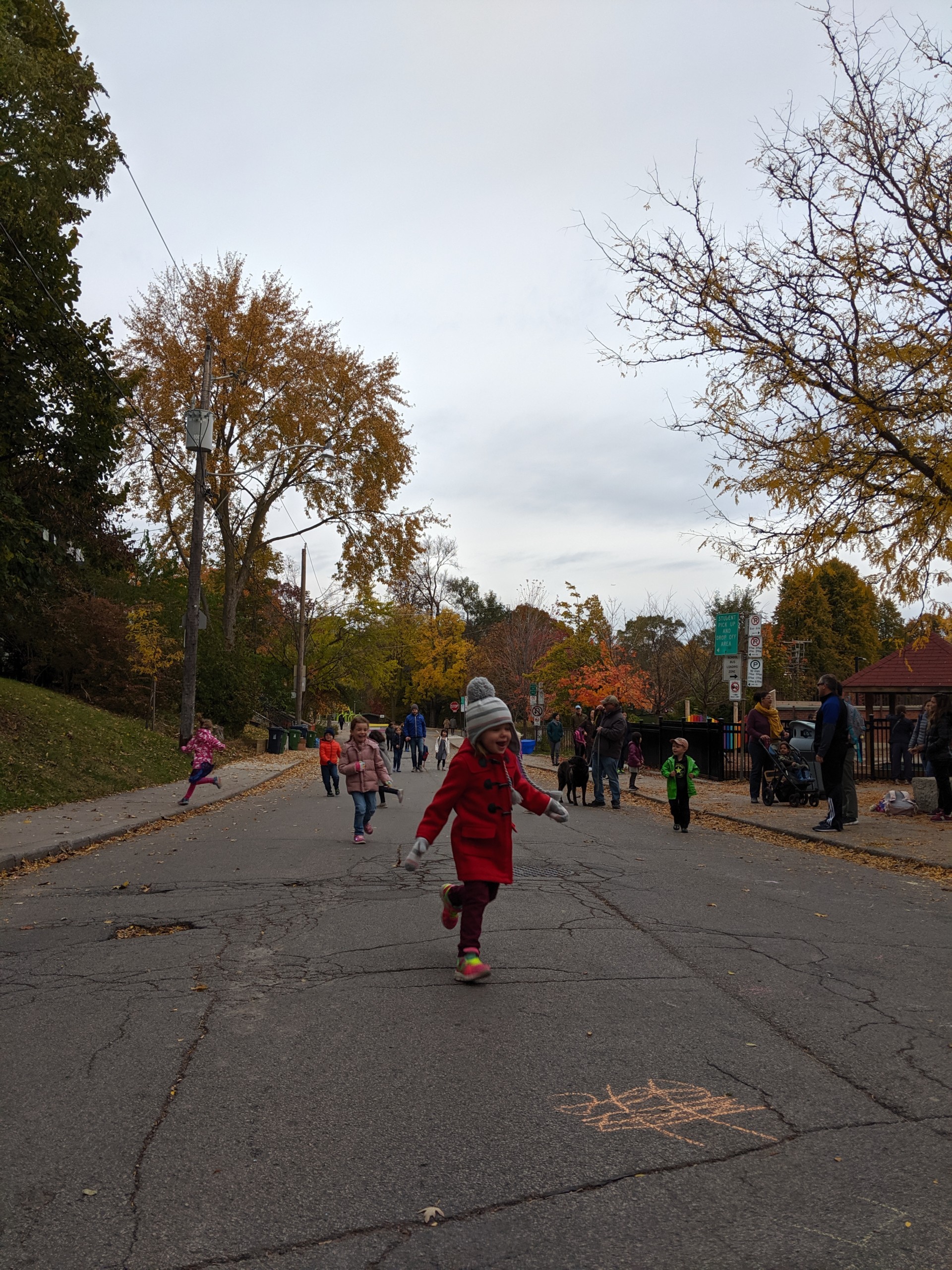Mobility / Pedestrians / Public Spaces / Walking
Connection, Integration and Leadership: The building blocks for the vision of the pedestrian
Melissa Bruntlett in conversation with Amanda O’Rourke, Executive Director of 8 80 Cities, about the role pedestrians can and must play in the mobility and life of our cities. Original publication in Dutch for Verkeerskunde HERE.
Founded by Gil Penalosa in 2007, 8 80 Cities believes as an organization that whether you are 8 or 80 years old, cities should work for everyone. It is a belief that not only guides their own work in countless cities and countries around the world, but also inspires many others working and/or advocating in the fields of mobility, urban planning, placemaking and general city building. As Amanda O’Rourke explains, a fundamental piece of the puzzle is how pedestrians move around and experience the city. As Penalosa says: “Birds fly, fish swim, people walk.”
All photos provided by 8 80 Cities
 M – What benefits do planning for pedestrians provide for cities?
M – What benefits do planning for pedestrians provide for cities?
A – Before understanding the benefits pedestrians, and making space for walking, bring to cities, it’s first important to remember that walking is the most common form of transport around the world. After all, we are walking animals. Walking is a really fundamental part of how we connect with our city, with our environment, and how we maintain and support mental and physical wellbeing. For the better part of a century, we have been designing, planning, and managing our cities not for walking, but for faster, less active, and more dangerous forms of transport, and there is a lot to be done now to improve the experience of walking.
While walking may be the most common way to get around, it is also now the leading cause of injury and death for young people. Additionally, our older, low income and racialized populations are overrepresented in the group with the greatest risk of traffic fatalities. So, it’s important when we talk about the benefits of walking for our cities to also understand the pedestrian experience, especially for our most vulnerable. Our work at 8 80 cities is about improving quality of life for all people in cities. There’s a tremendous opportunity to do more and actually build streets that are not just absent of death but promote wellbeing, and where people feel alive and have a sense of place within their community.
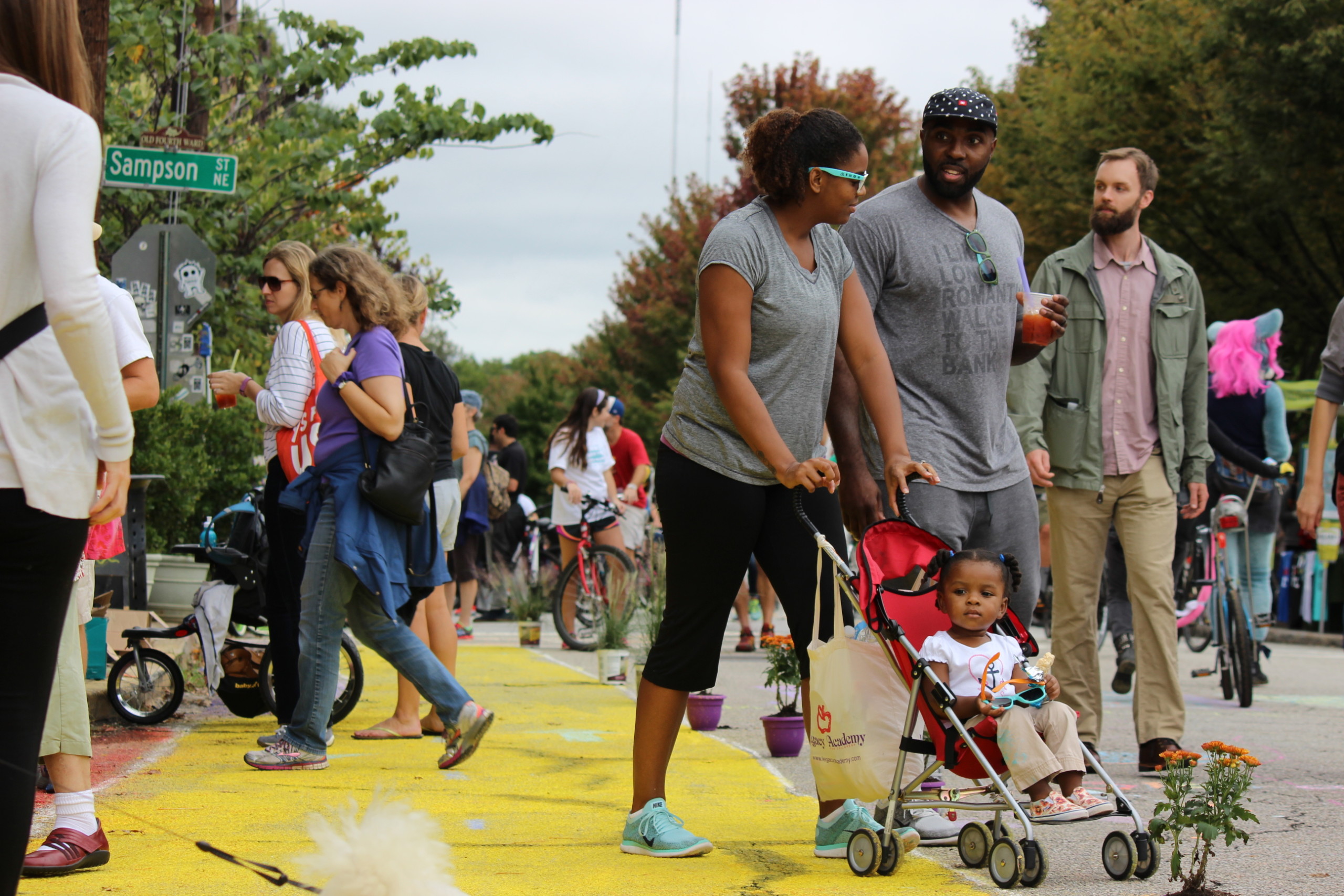
So, when we talk about the benefits cities gain when they have a vision for the pedestrian in their city, there are the more obvious: better health, sustainability, equity, accessibility, social connection. But at its core, the benefits to walking and creating more walkable environments for cities addresses a lot of the current crises cities are facing around the climate emergency, road fatalities, social isolation. The question is not how can the city benefit from better walking, but rather: How do we create places where people can come together more? At the end of the day, walking is a fundamental part of that, and of good city building.
M – Who needs to be at the table when developing good pedestrian policy / design?
A – In a word: Leaders. But not what we traditionally think of as leaders. We talk a lot about leadership at 8-80 Cities, and around how we are actually able to see change happen. Our focus is on transforming mobility and public space in a way that improves quality of life for everyone. To achieve that, what that really takes is leadership and when we say that we mean at all levels: elected officials, the public sector, and the greater community. In our experience, what we see creating change in cities is when you have all three working together and moving in the same direction. One group may start the charge or take up a larger role, but that matters less than coming together for a similar vision. Those are the cities that are able to implement change in a sustainable way.
What we find is that you may have great elected officials pushing for change, but due to the cyclical nature of politics, many campaigns last longer than one term of office. Without support from the public sector, the people creating and implementing the policy across a variety of sectors – transportation planning, public health, parks and recreation, etc. – or community leadership support, the ideas can quickly fizzle out. These are the key ingredients you need to have to find success.
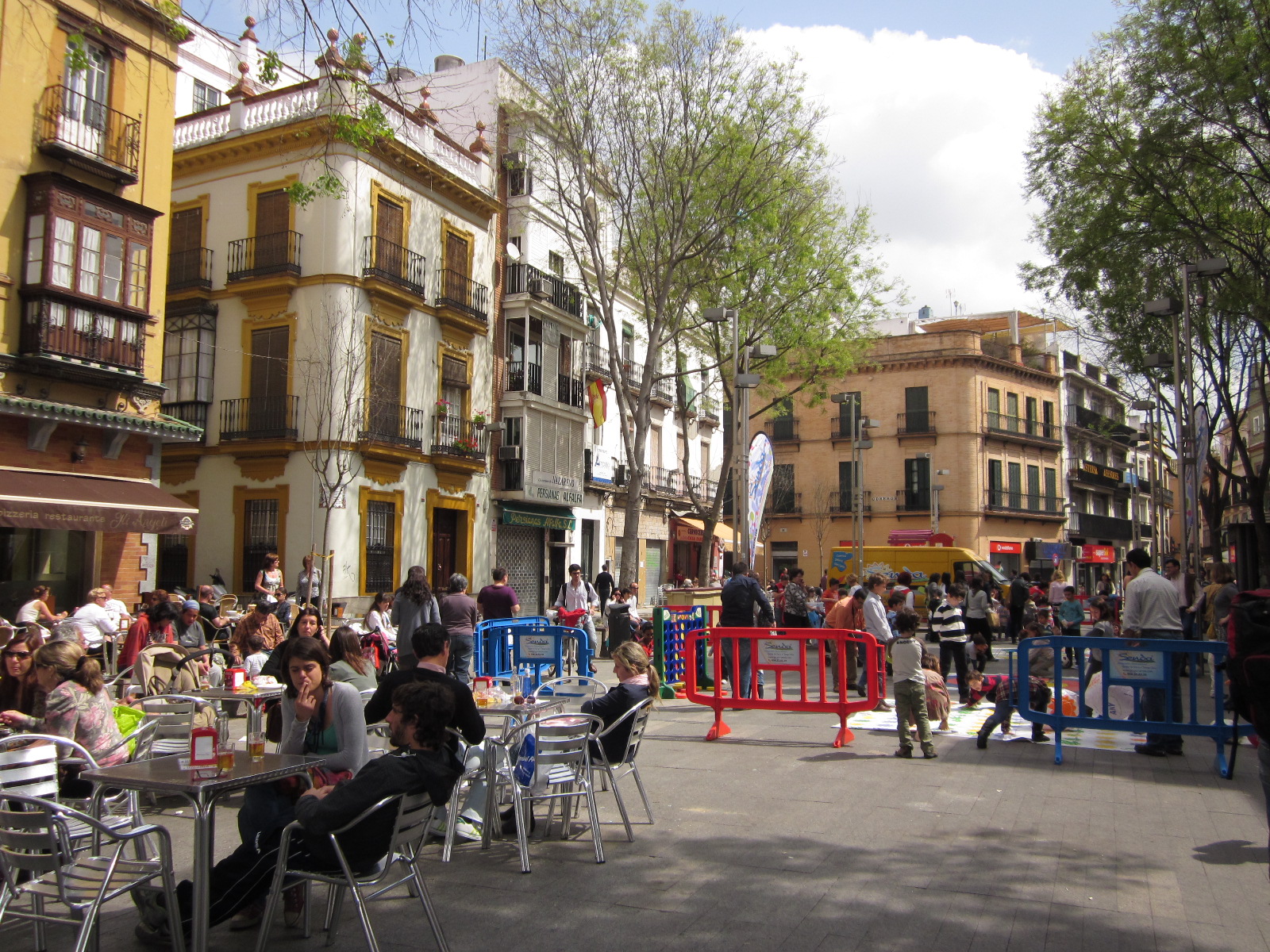
It’s also very important to value the lived experience of community leaders from various backgrounds and what that adds to the success and longevity of a policy or plan. We’ve learned so much from having focus groups with people from a variety of backgrounds, be it the elderly, those living with a disability, young people, immigrants, or otherwise. The conversations we have go well beyond just policy and design, looking at broader systemic challenges. Of course, there’s a lot to unpack through these discussions, but it’s important to hear and take them into consideration.
M – What should a successful pedestrian policy focus on?
A – A good pedestrian policy is about two key things: Coverage, Connectivity, and Integration.
Coverage and connectivity mean developing a policy that looks at how the entire city is connected. Often policies tend to focus primarily on downtown areas, but if you really want a robust policy, you need to be looking at the whole city. If walking really is for everybody, a fundamental human right, then the policy needs to focus on connecting all neighbourhoods and creating a network. If everyone has the right to walk, then you really have to think about it as a connected coverage.
Integration means looking beyond just the act of walking, and how it connects with the entire sustainable transport network. Walking, cycling, and public transit are big parts of creating a more sustainable and human-centered city, and so you need to think about how all three are integrated.
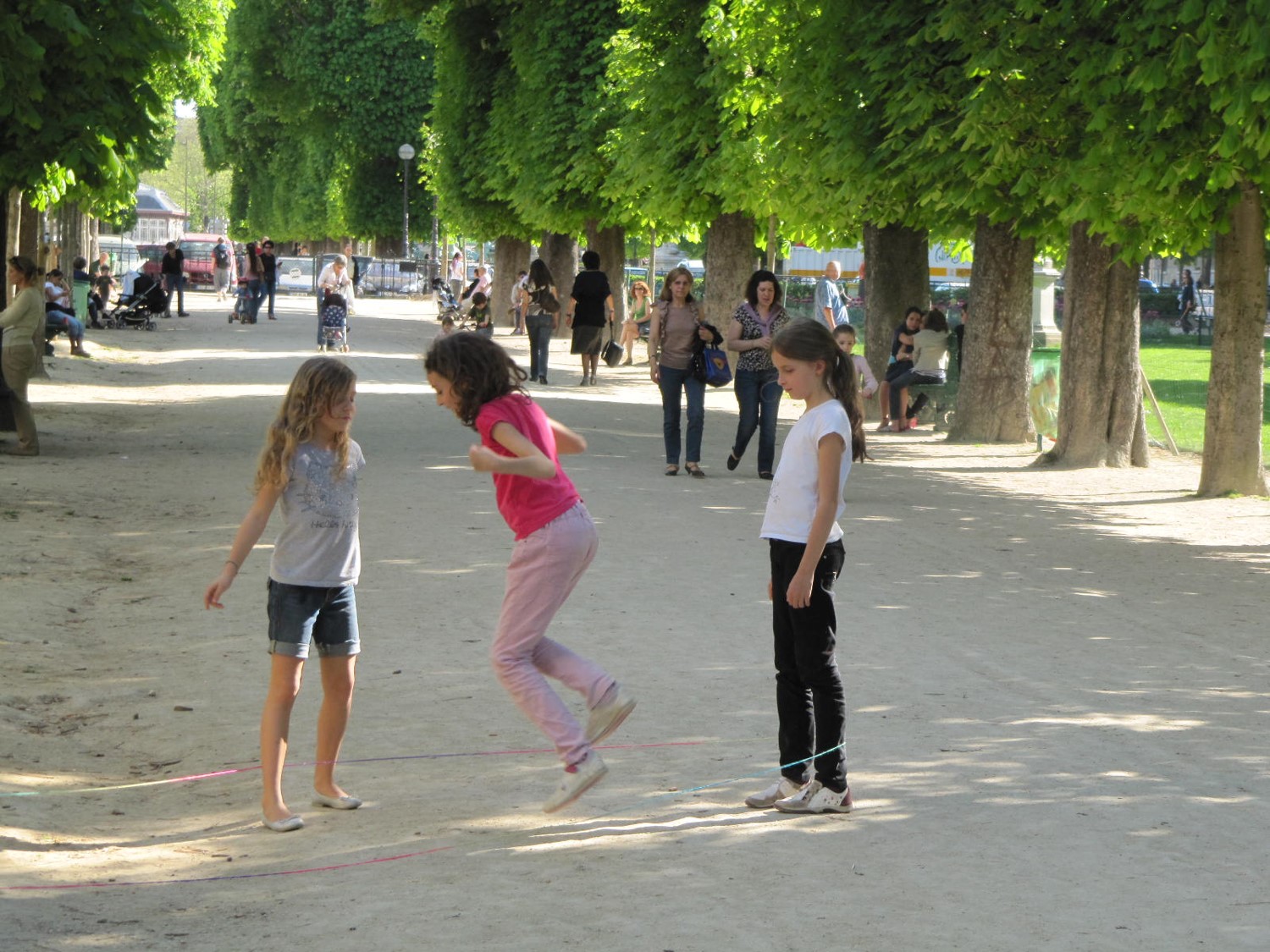
At the same time, a pedestrian policy needs to be integrated with broader public space network. Streets are the biggest public spaces in our cities, so we need to look at how our streets connect with the overall network of spaces that belong to everyone. Elements like parks, plazas, libraries and community centres, even parking areas; really integrate your pedestrian policy by thinking of it as an integrated network of public space. This includes integration with land use, density and the mixing of uses. How accessible is it to get from the grocery store to the dentist to pick up a prescription? We really need to think of a pedestrian policy not just as walking from A to B but how it connects with land use patterns.
M – What do you think the Dutch learn from other countries when it comes to developing successful pedestrian policies?
A – It’s obvious the Dutch are world leaders in terms of the development of sustainable safety and the design of infrastructure and facilities, especially for cycling. However, one area where I could see there being opportunities to learn from other countries is around community organizing.
A lot of community organization in North America is a result of a lack of government leadership, but at the same time, the impact of these community led initiatives on public sector and elected officials presents immense opportunity. When they see initiatives as an opportunity rather than a potential barrier, the community as an asset rather than something to be managed, it is a promising approach to create walking environments that truly meet the needs of the people that as public servants we should be serving.
Earlier we talked about bringing a variety of community leaders to the conversation. Because of community driven advocacy, this brings a lot of opportunity for engagement with a number of different types of user groups in North America. It may have come from a lack of leadership at higher levels, but at the same time has built a broader coalition of advocates working towards improving mobility for everyone, presenting a mobility justice imperative.
I think it’s great that provisions for cycling, for example, are systematized in the Netherlands so that there doesn’t have to be extensive consultation to convince the public it’s important. In North America, we don’t do it for water management, for example, it’s an essential service, and it’s inspiring to see walking and cycling has become so essential and depoliticized in the Netherlands and other progressive EU cities.
But I also think that there is a lot of opportunity for ongoing engagement. If you have a vision for constantly improving, you need to create those feedback loops to hear how some systems may not be working and be able to address them. Engaging with community organizations creates opportunities for conversations and growth because we may not always have it all figured out.
M – Can you think of the best example of a successful pedestrian policy?
A – There are so many great examples of cities doing great things for walking. The best pedestrian policies are the ones that understand it’s not just about walking, but also the experience of walking. Good policy is not about having the most beautiful sidewalks and footpaths, which should be designed to high standard being some of the most democratic spaces in our cities. But we also need to think about the human experiences. Things like great places to sit, public washrooms, shade, lighting, having something interesting to look at. It comes back to integration: looking beyond just being able to physical walk from one space to another but also inviting public life. The best pedestrian policies think about the person.
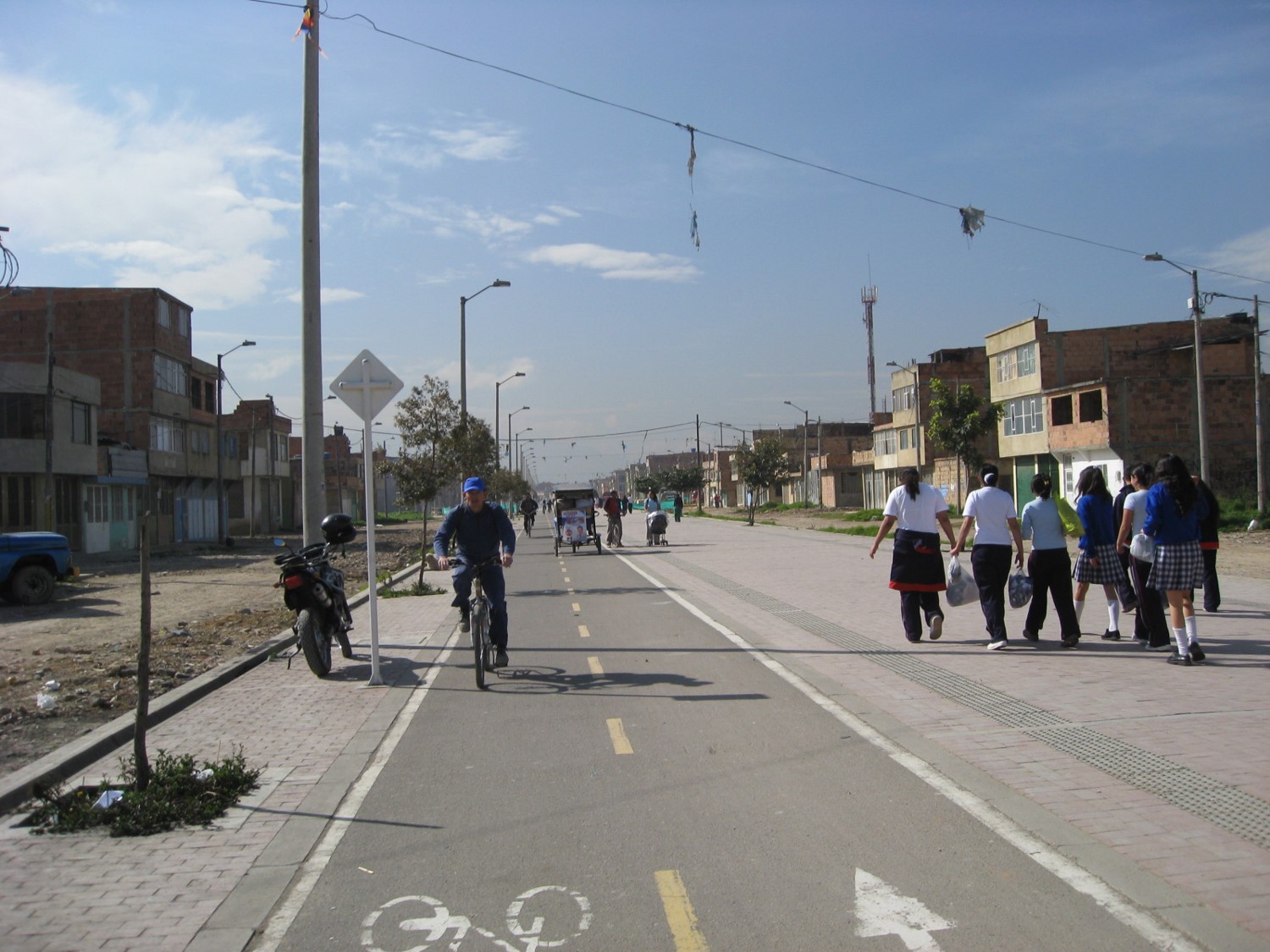
My inclination is to celebrate the cities that aren’t necessarily the furthest along in their journey. I’m excited about the cities that are demonstrating ambition and working towards it. Each city is on their own journey, so even if, for example, the standard of a Dutch city is quite high in terms of quality of the pedestrian realm, there is the risk of being complacent, thinking the work is done. In that case I would celebrate the cities that are making bold ambitions any day.
- Bogotá, Colombia, is a great example of a city that, despite the fact they may have 1/8 of the capita of cities like Copenhagen or New York, they are prioritizing investment in sustainable mobility, and are now are consistently ranked high in terms of walkability scores.
- Hoboken, New Jersey in the USA, recently adopted a Vision Zero policy and achieved zero fatalities this year as a result of investment in streets and public spaces, and by thinking about people.
- Pune, India, just won the sustainable transport award from ITP for their ambition to invest in improving walking while trying to reduce car dependency and car space
Remembering that we cannot prioritize walking and cycling without reducing the dependency on cars is really important. The cities that are doing that are the ones I’m most excited about. The 8 80 Cities concept has been great in helping cities not get stuck in their silos, but to think about the whole user experience, and that our streets are not just conduits. Skye Duncan from NACTO refers to our streets as rooms, and I love that thinking: the frontage of a store, the foliage, lighting, the space for social interaction. These are all elements contributing to a high-quality user experience for pedestrians and should be our goal. Creating a room that everyone can experience and enjoy!
